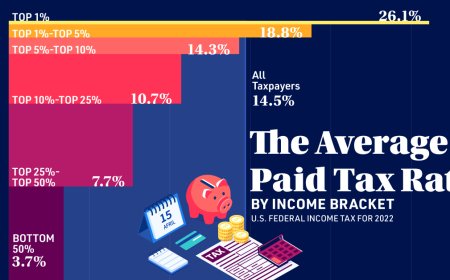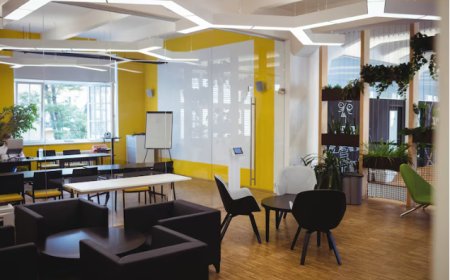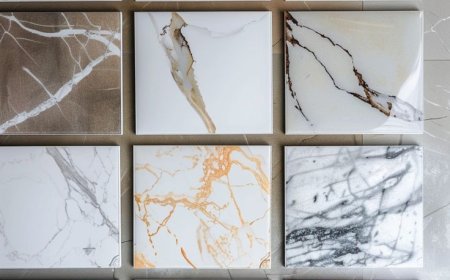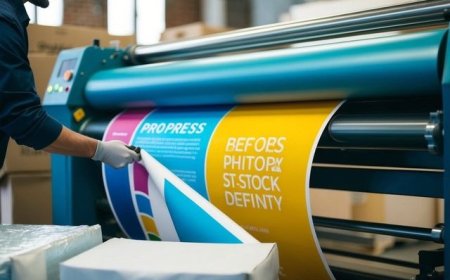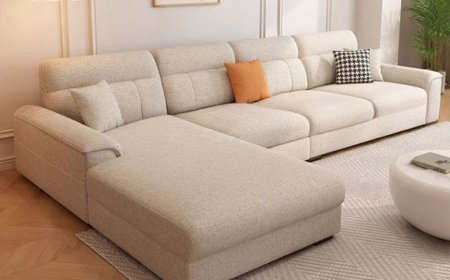LED Lights: A Sustainable Solution for Modern Lighting Needs
The benefits of LED lights, from energy efficiency to long-lasting durability. Learn how LED lighting solutions can enhance your home or business while reducing your carbon footprint
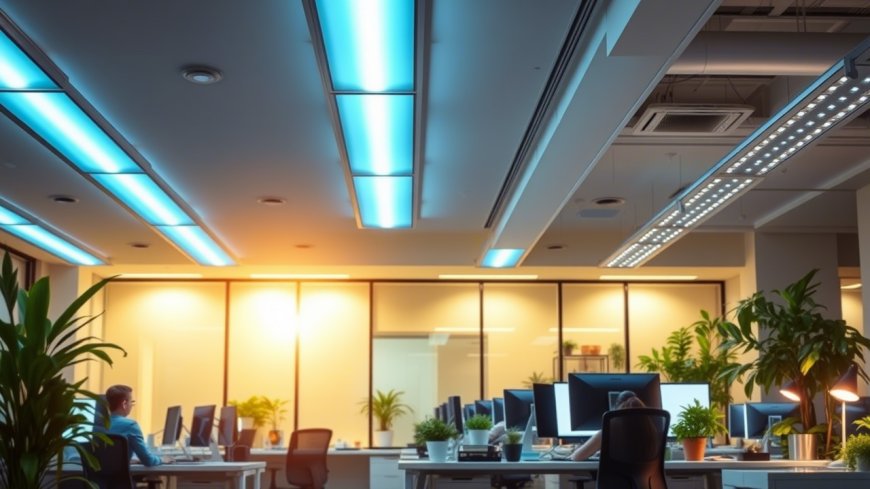
In today's fast-paced world, where sustainability and energy efficiency are at the forefront of technological innovations, LED lights have emerged as the go-to lighting solution for both homes and businesses. Offering a wide range of benefits, from energy savings to long-lasting durability, LED lights have transformed the way we illuminate our spaces. This article delves into the numerous advantages of LED lighting and why it is becoming a preferred choice across various industries.
What Are LED Lights?
LED stands for Light Emitting Diode. Unlike traditional incandescent bulbs or fluorescent tubes, which rely on a filament or gas to produce light, Led Lights generate light through the movement of electrons in a semiconductor material. This advanced technology makes LEDs highly efficient, consuming significantly less energy compared to older lighting options.
Energy Efficiency
One of the primary reasons LED lights are so popular is their energy efficiency. LED lights use up to 75% less energy than incandescent bulbs and 50% less energy than fluorescent lights. The key to this efficiency lies in the way LEDs produce light. Unlike incandescent bulbs, which waste a lot of energy in the form of heat, LEDs emit very little heat. As a result, they consume less power while providing the same amount of light, making them a cost-effective lighting solution in the long run.
Long Lifespan
LED lights are known for their impressive lifespan. While traditional incandescent bulbs typically last for about 1,000 hours and compact fluorescents around 8,000 hours, LEDs can last up to 25,000 hours or more, depending on the quality of the bulb. This longevity means fewer replacements, reducing maintenance costs and the frequency of bulb changes. For both residential and commercial spaces, this makes LEDs a convenient and cost-effective lighting choice.
Environmental Benefits
With the growing concerns about climate change and environmental sustainability, LED lights are an eco-friendly alternative to conventional lighting solutions. Since LED lights consume less energy, they reduce the overall demand for electricity, which in turn helps to lower greenhouse gas emissions. Additionally, LEDs are free from hazardous materials such as mercury, which is commonly found in fluorescent lights. This makes them safer for both the environment and human health.
Versatility in Design
LED lights come in various shapes, sizes, and colors, offering greater flexibility in design. Whether you need bright, white lighting for workspaces or soft, warm lighting for living rooms, there is an LED option to meet your needs. LED lights are available in a range of color temperatures, allowing you to customize the ambiance of your space. Furthermore, they can be integrated into various designs, including smart lighting systems, for enhanced control and convenience.
Cost Savings
Although LED lights may come with a higher initial cost compared to traditional lighting solutions, the long-term savings are significant. Due to their energy efficiency and long lifespan, LED lights reduce electricity bills and maintenance costs over time. Many utility companies also offer rebates or incentives for switching to energy-efficient lighting, making the transition even more affordable. For businesses, these savings can add up quickly, making LED lighting a smart investment.
Improved Quality of Light
LED lighting offers superior quality of light compared to traditional bulbs. They produce a clean, bright light without flickering or buzzing, which is often associated with older light sources. The light emitted by LEDs is also more focused, reducing light pollution and providing better illumination for specific tasks. This makes them ideal for both residential settings, where clear lighting is essential, and commercial environments, such as offices and retail stores, where high-quality lighting enhances visibility and productivity.
Low Heat Emission
One of the most notable advantages of LED lights is their ability to emit minimal heat. In contrast to incandescent bulbs, which release most of their energy as heat, LEDs convert nearly all of the energy into light. This makes them safer to touch and reduces the need for additional air conditioning in spaces that are already hot due to other appliances. This heat reduction can also help prolong the life of other items in the room, such as paintings, fabrics, and furniture, which may otherwise be damaged by excess heat from traditional lighting.
Applications of LED Lights
LED lights are used in a wide variety of applications, from residential homes to large-scale commercial operations. In homes, they can be used for everything from lighting kitchens and bathrooms to enhancing outdoor spaces with energy-efficient garden lights. For businesses, LED lights are ideal for creating bright, welcoming environments in offices, retail stores, and warehouses. Additionally, LED technology is now widely used in street lighting, traffic signals, and even in automobiles for headlights and taillights.
Smart Lighting Integration
With the rise of smart homes and the Internet of Things (IoT), LED lights have become an integral part of smart lighting systems. These systems allow users to control their lights remotely, adjust brightness levels, and change the color of their lights through smartphone apps or voice commands. Smart LED lights can be programmed to turn on and off at specific times, helping homeowners save energy even further.
Conclusion
LED lights represent a significant leap forward in lighting technology. With their unmatched energy efficiency, long lifespan, and environmental benefits, they are the lighting solution of the future. Whether you're looking to reduce your energy consumption, save on maintenance costs, or enhance the ambiance of your space, LED lighting offers a wide range of advantages. As technology continues to evolve, LED lights will only become more efficient, affordable, and versatile, making them a top choice for both residential and commercial applications.
By switching to LED lights, you can not only reduce your carbon footprint but also enjoy brighter, more sustainable lighting that will last for years to come.













